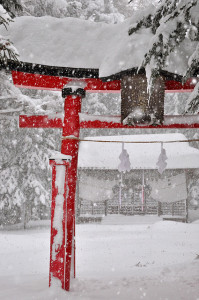Wabi Sabi – Japanese Aesthetics
No matter how much I emphasize, it will not suffice. Japanese Culture is probably the most misrepresented culture defined by stereotypical samples that are harvest of disinformation.
This is mainly due to dissemination of information about Japan from the Western literature from the XVI. Century, instead of authentic Japanese sources. Even the very name of “Japan” is a mispronunciation by the Portuguese merchant seamen and missionaries of the sounds such as “Cipangu”, “Jepeng”, “Zeppen” used for reference to Japan in Mandarin or Wu Chinese. The word “Japan” has been introduced to English literature as “Giapan” for the first time by Luís Fróis, a Portuguese Jesuit missionary in his letter dated 1565. Since then, Nippon’s name has been globally accepted as Japan.
 Japan’s cultural and commercial exchange with the West has continued for a century after Japan’s initial contact with the Portuguese merchants in 1543. The Tokugawa Shogunate adopted an isolationist policy (sakoku 鎖国, locked country) in 1633 and Japan’s seclusion lasted for almost 250 years until the America’s “Black Ships” (kurofune, 黒船) steamed into Tokyo Bay to forcibly open the country to Western trade.
Japan’s cultural and commercial exchange with the West has continued for a century after Japan’s initial contact with the Portuguese merchants in 1543. The Tokugawa Shogunate adopted an isolationist policy (sakoku 鎖国, locked country) in 1633 and Japan’s seclusion lasted for almost 250 years until the America’s “Black Ships” (kurofune, 黒船) steamed into Tokyo Bay to forcibly open the country to Western trade.
This event ensued by the collapse of Bakufu (幕府, military dictatorship) and Meiji Restoration also marked the beginning of long and entangled American-Japanese relationship, which is accountable for narration of Japan based on American perception and perspective.
After a dehumanization as a World War II loser in the fifties, Japan becomes the “samurai, geisha, ninja, sushi and robots” in the eighties, thanks to movies and its appearance as a global economic giant. Devamını oku